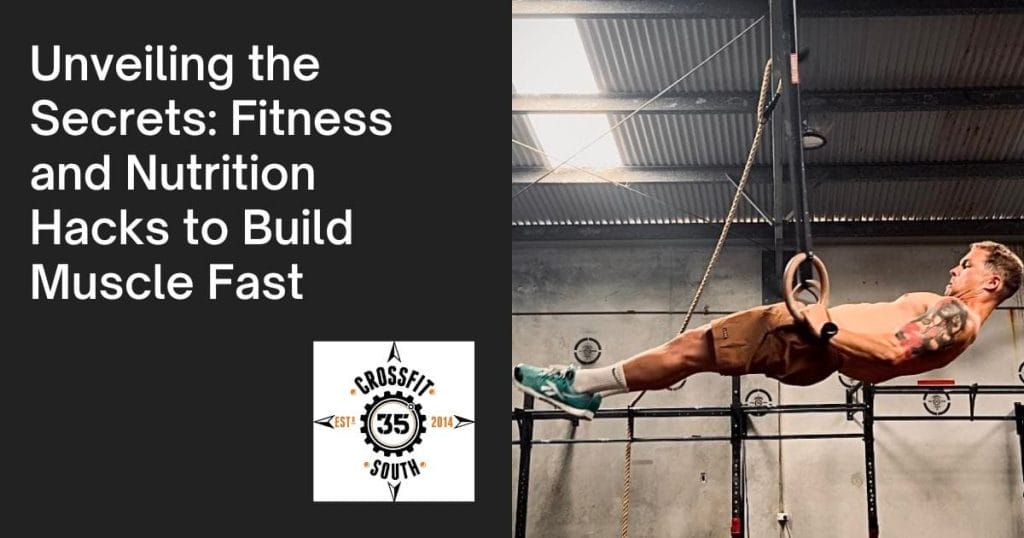When it comes to building muscle mass, the image of heavy barbells and weight plates often comes to mind. However, there’s a lesser-known yet incredibly effective method for achieving muscle growth: bodyweight exercises. Yes, you read that right—no weights, no problem. Today, we’re diving into the world of calisthenics to explore the potential for building mass with bodyweight exercises.
Calisthenics, or bodyweight training, involves using your own body as resistance to perform various movements and exercises. From push-ups and pull-ups to squats and lunges, calisthenics offers a diverse array of exercises that target multiple muscle groups simultaneously. But can you really build mass with bodyweight exercises alone? Let’s find out.
The Science of Muscle Growth:
Before we delve into the specifics of bodyweight training, it’s essential to understand the science behind muscle growth. Muscle hypertrophy, or the increase in muscle size, occurs in response to mechanical tension, metabolic stress, and muscle damage—three key factors that can be effectively stimulated through calisthenics.
Mechanical tension refers to the force placed on the muscles during resistance training. Bodyweight exercises like push-ups and squats create tension by challenging the muscles against gravity, leading to micro-tears in the muscle fibers. Over time, these tears repair and grow stronger, resulting in increased muscle mass.
Metabolic stress occurs when muscles are subjected to high levels of metabolic byproducts, such as lactate and hydrogen ions, during intense exercise. Bodyweight exercises like high-rep squats and lunges can induce metabolic stress, triggering hormonal responses that contribute to muscle growth and adaptation.
Muscle damage occurs as a natural consequence of resistance training, particularly during eccentric (lengthening) muscle contractions. Bodyweight exercises like pull-ups and dips place significant stress on the muscles, leading to microscopic damage that stimulates the repair and growth process.
Maximizing Muscle Growth with Calisthenics:
While traditional weightlifting often involves progressively increasing external resistance, calisthenics relies on manipulating leverage, body position, and movement complexity to create greater challenge and stimulus for muscle growth. Here are some key strategies for maximizing muscle growth with bodyweight exercises:
- Progressive Overload: Just like with weightlifting, progressive overload is essential for stimulating muscle growth with calisthenics. Progressively increase the difficulty of bodyweight exercises by manipulating variables such as leverage, range of motion, and tempo.
- Volume and Intensity: Perform bodyweight exercises for higher reps and/or fewer sets to increase training volume and metabolic stress. Additionally, incorporate intensity techniques such as drop sets, supersets, and rest-pause sets to further challenge the muscles and stimulate growth.
- Eccentric Emphasis: Focus on the eccentric (lowering) phase of bodyweight exercises to maximize muscle damage and hypertrophy. Slowing down the eccentric portion of movements, such as lowering yourself slowly during pull-ups or push-ups, can increase time under tension and enhance muscle growth.
- Compound Movements: Prioritize compound bodyweight exercises that target multiple muscle groups simultaneously, such as push-ups, pull-ups, dips, and squats. These compound movements allow for greater overall muscle recruitment and stimulation.
- Nutrition and Recovery: Support muscle growth and recovery by consuming a balanced diet rich in protein, carbohydrates, and healthy fats. Ensure adequate rest and recovery between workouts to allow for muscle repair and adaptation.
In conclusion, yes, you can build mass with bodyweight exercises. By strategically manipulating training variables, incorporating progressive overload, and prioritizing compound movements, calisthenics can be a highly effective tool for stimulating muscle growth and achieving your mass-building goals. So, whether you’re training at home, in the park, or at a CrossFit box, don’t underestimate the power of bodyweight training to sculpt a strong, muscular physique.

